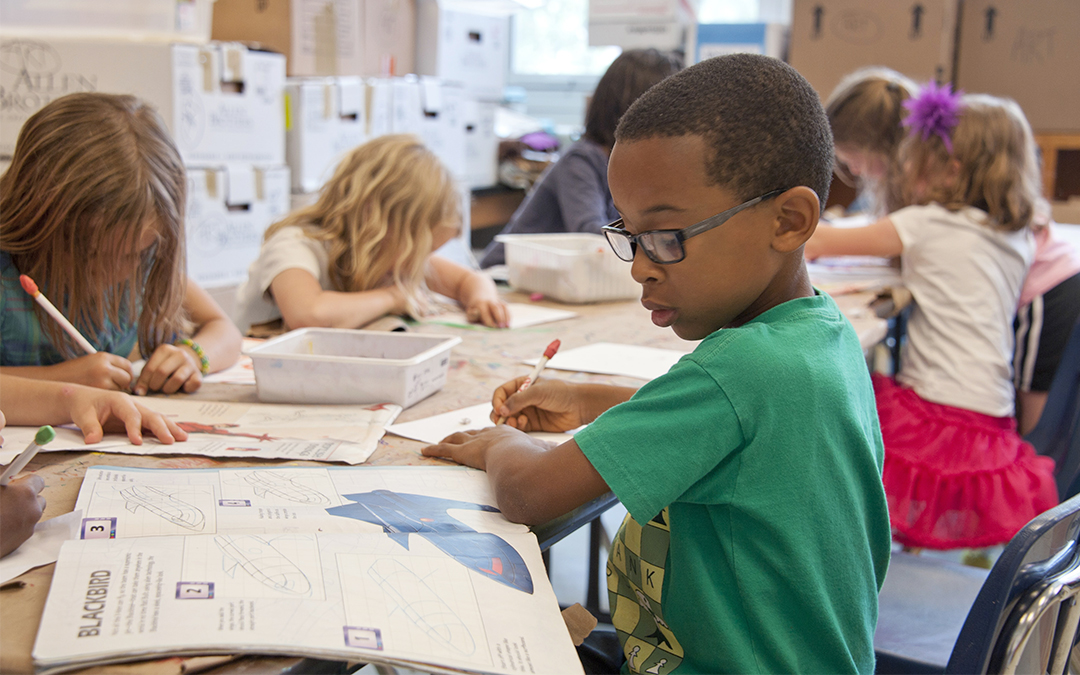Social and Emotional Learning: What’s It About?
Social and Emotional Learning, or SEL, is an education buzzword. You may have heard SEL mentioned in the news or from your child’s school. But what is SEL? Does it belong in our schools or is it just another fad?
According to the Collaborative for Academic, Social, and Emotional Learning (CASEL), “Social and Emotional Learning is an integral part of education and human development.” SEL is the process of how we each acquire and apply our knowledge, skills and attitudes.
While fads do come and go in education, there is strong evidence that SEL is here to stay. And this is great news! Based on a growing body of brain research, we know that SEL belongs in education just as much as academics do. You may ask, “How can social and emotional learning be as important as literacy, science, or math?” The answer lies in what SEL is and what it does for children’s ability to learn.
CASEL breaks SEL into 5 core competencies. Each competency plays a direct role in how children grow and mature.
- Self-Awareness: Develop healthy identities
- Self-Management: Manage emotions and achieve personal and collective goals
- Social Awareness: Feel and show empathy for others
- Relationship Skills: Establish and maintain supportive relationships
- Responsible Decision Making: Make responsible and caring decisions
In recent years, school districts across Middle Tennessee have made a concerted effort to integrate social and emotional learning standards into school curriculum and teaching practices. For example, Metro Nashville Public School’s social and emotional learning journey began with the creation of an SEL Department in 2011. School districts are using SEL to create stronger frameworks and effective lesson plans that cultivate student learning and achievement.
As a whole, our education system is doing a better job of recognizing that learning is cognitive, social and emotional. Educators are enhancing learning environments to support the holistic wellbeing and development of young learners.
Friends, come back soon! In Part II of our SEL journey we’ll explore how basic brain science shapes SEL and classroom success.
Blog Author: Elandriel Lewis, Senior Manager, Early Learning and Training

